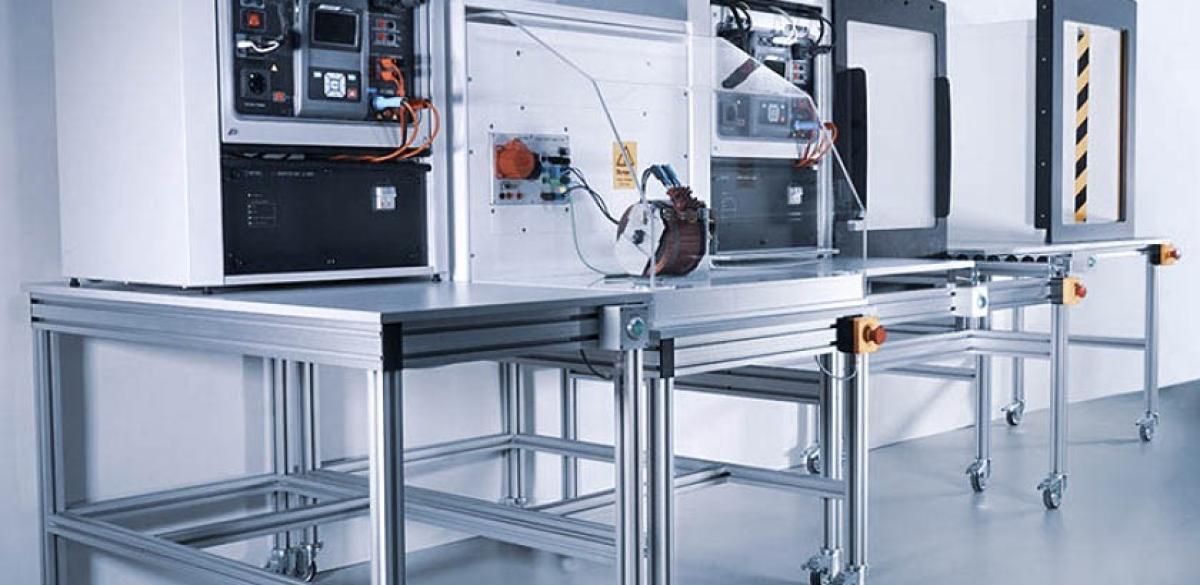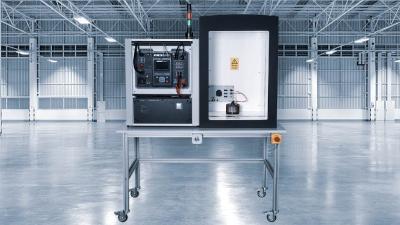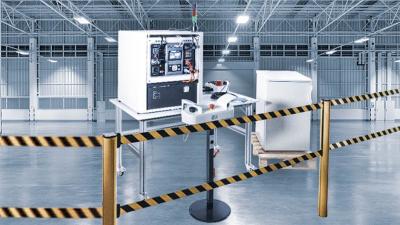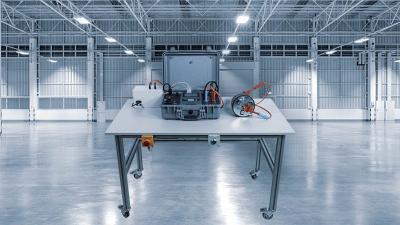End-of-line safety testing in production
Electrical Equipment

Testing the electrical equipment at the end of the assembly line is a critical step in the production process. Defective products and even those not matching specification limits must be separated from the functional units. End-of-line testing assures quality, stability and yield of the production process.
The primary objective of the end-of-line test is detection of the non-functional units, but the ultimate goal is reducing the rejection rate of the manufactured electrical equipment. Testing of electrical equipment should be performed with high automation to shorten the production cycle, improve reproducibility and reduce risk of human error. Where automation isn’t possible, it is necessary to prepare a safe environment for the test personnel.
Testing safety of electrical equipment on production lines or in laboratories usually includes tests with high voltages, currents and power. Special consideration must be taken to build safe workplaces in production process. The safety of work stations is covered in the standard EN 50191. Additionally, there are national guidelines like the German BGI 891. Requirements from the field of machine safety are also often considered.
The manufacturer is responsible for safety of manufactured electrical equipment. Responsibilities of the manufacturer include:
- That the electrical equipment is designed properly and fulfils requirements of product standards.
- That the production process is safe.
- That a thorough safety check of the produced equipment is performed.
- That all mentioned steps are carried out are, consequential and traceable.
Routine testing
Other expressions used are end-of-line testing and production testing. These tests are carried out by the manufacturers to ensure that the produced equipment works properly and safely. The routine test is performed on each individual item during or after manufacture. Typical tests include insulation tests, high voltage tests, the continuity of protective conductors, leakage current and functional tests. Each piece of produced electrical equipment must be subjected to these tests.
The EN 50191 shall be considered if dangerous voltages can appear on live parts in the workplace. The limits are following:
- Voltages higher than 25 V AC (up to 500 Hz) or 60 V DC
- Touch current higher than 3 mA AC (up to 500 Hz) or 12 mA d.c.
- Discharge energy higher than 350mJ.
- At frequencies above 500 Hz, national regulations will be observed, or the Appendix A (Table A.1) in standard IEC 50191.
Other risks should also be considered. Possible dangers due to electric arcs, explosion, fire, formation of gases, etc. should be taken in account.
The risk is much higher if high voltages are involved in the testing. Because of this the standard includes additional demands if the test voltage exceeds 1000 V.
Many of Metrel test instruments generate high test voltages. We strongly recommend only users that are familiar with this standard operate them. For any questions regarding the safety of workplaces they can contact Metrel or their distributors.
German BGI 891
BGI 891 is a German guideline for erection and operation of electrical test installations. The guideline refers to EN 50191 (VDE 0104) and explains it in details. In addition, the guideline deals with some issues outside the scope of EN 50191. For example, it advises that work places should be also designed in accordance with standards for safety of machines (use of risk assessment, safety components, control circuits, safety categories etc., see chapter 3.1 in BGI 891).
The Metrel range covers testing on production lines with several different test station models. Operator safety is implemented through three different approaches.
1. Test station with automatic protection against direct contact according to EN 50191.
a) Safety is assured with a safety module designed in the RFID sensor.
b) Safety is assured with a safety module designed in the light barrier sensor.
2. Test station without automatic protection against direct contact according to EN 50191. Safety is assured with a safety module designed on the two-hand control device.
3. Test station where test current Itest does not exceed 3mA. Standard EN 50191 can be omitted.
Application Notes
Competencies at edison
EDISON is an international organisation for certification of competences in electrical safety testing. Click on the links for more information on each competency.
- PAT: Portable Appliances Safety
- MST: Machines Safety Testing
- IEC/EN 50191 Erection and operation of electrical test equipment







